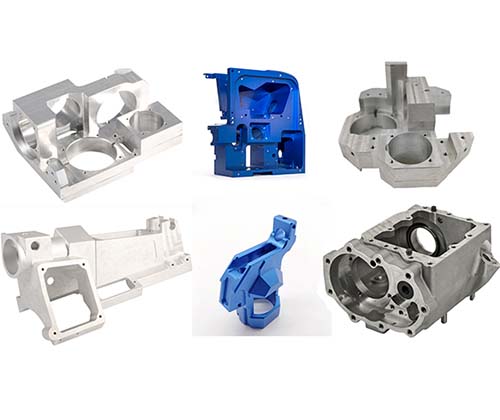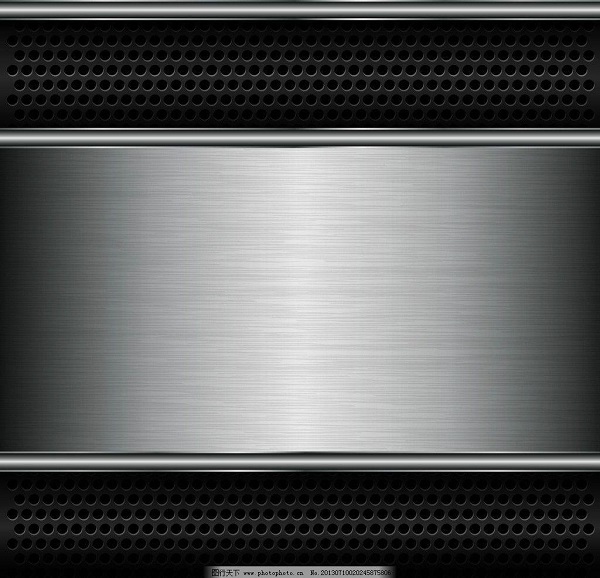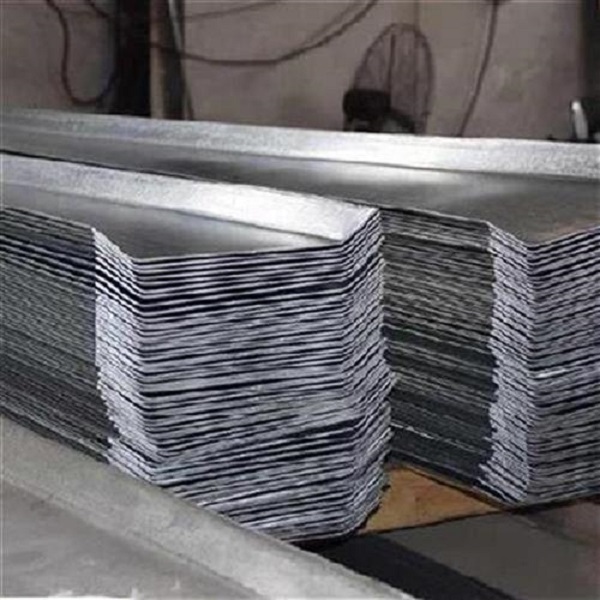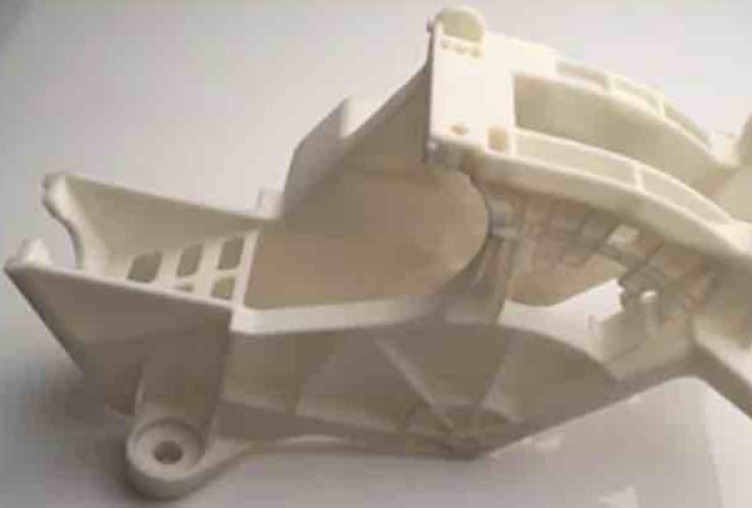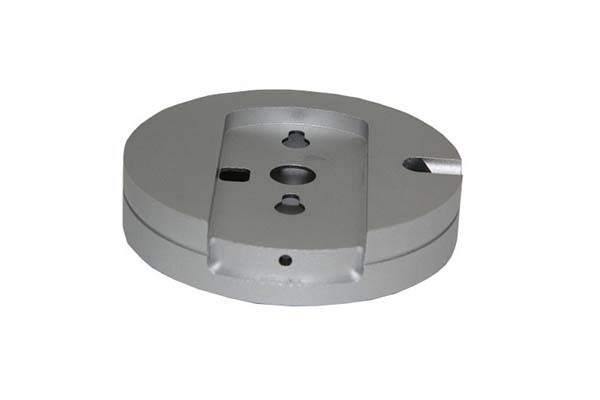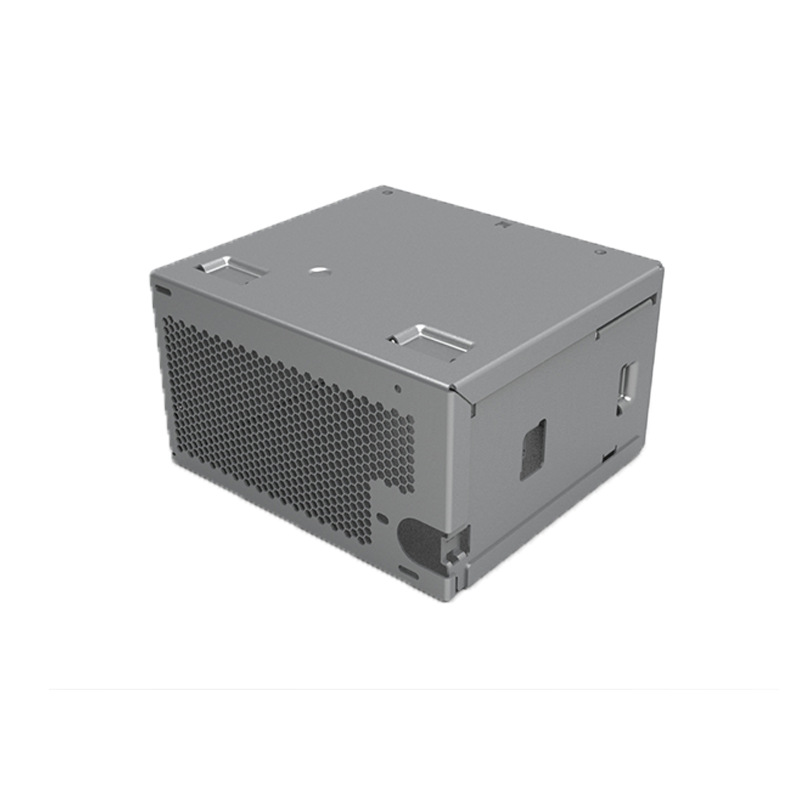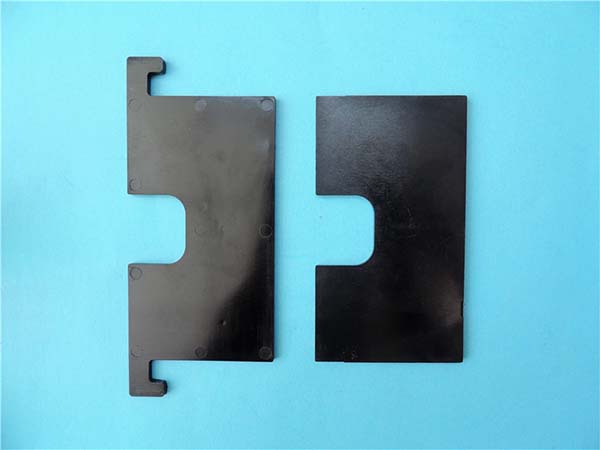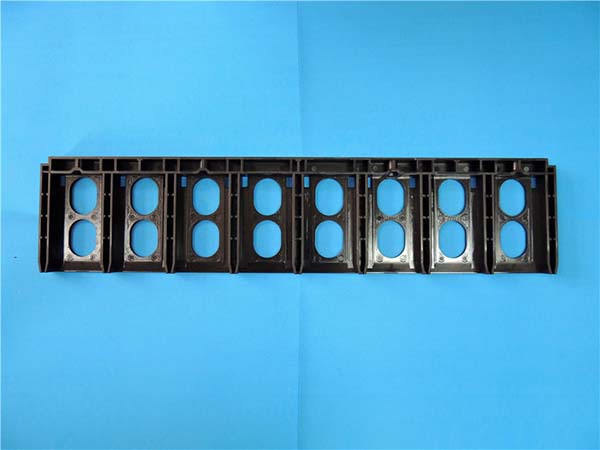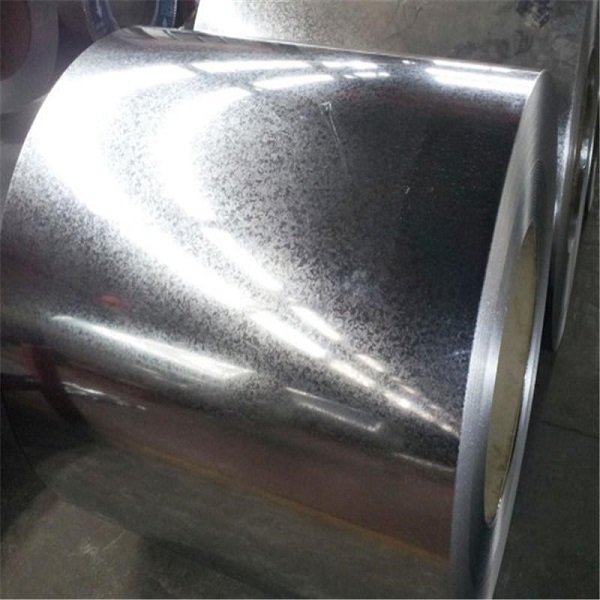What is Sheet Metal Laser Cutting?
Definition and Basic Principle
Sheet metal laser cutting is a highly precise and efficient manufacturing process that has revolutionized the metalworking industry. It involves the use of a focused, high - power density laser beam to cut through sheet metal materials with exceptional accuracy and speed.
The basic principle behind sheet metal laser cutting is rooted in the interaction between the laser beam and the material. When the high - energy laser beam is directed onto the surface of the sheet metal, the energy is rapidly absorbed by the material. This absorption causes the temperature of the metal to rise rapidly, often reaching thousands of degrees Celsius in a very short time. As a result, the metal in the path of the laser beam quickly melts and vaporizes.
To better understand the energy involved in this process, we can refer to the energy formula for laser: \(E = h\nu\), where \(E\) represents the energy of the laser, \(h\) is Planck's constant (\(h = 6.626\times10^{-34}\ J\cdot s\)), and \(\nu\) is the frequency of the laser. The higher the frequency of the laser, the greater the energy it carries. In addition, the energy density \(D\) of the laser beam, which is crucial for the cutting process, can be calculated by the formula \(D=\frac{P}{\pi r^{2}}\), where \(P\) is the laser power and \(r\) is the radius of the laser beam. A higher power and a smaller beam radius result in a higher energy density, which is beneficial for efficient cutting.
Simultaneously, a high - pressure assist gas, such as oxygen or nitrogen, is blown coaxially with the laser beam. This gas serves two important purposes. First, in the case of using oxygen as the assist gas for metals like steel, it reacts exothermically with the hot metal, providing additional heat to aid in the melting and vaporization process. Second, the high - pressure gas stream blows away the molten and vaporized metal from the cutting area, creating a clean and precise cut kerf. This combination of laser heating and gas assistance enables the creation of narrow, smooth, and accurately dimensioned cuts in the sheet metal.
Comparison with Other Cutting Methods
When it comes to sheet metal processing, several traditional cutting methods have been used for a long time, such as chemical etching and mechanical cutting. However, sheet metal laser cutting has distinct advantages over these traditional techniques, which can be clearly seen through the following comparison table:
| Comparison Items | Sheet Metal Laser Cutting | Chemical Etching | Mechanical Cutting |
| Precision | Can achieve extremely high precision, often with an accuracy of ±0.05 - ±0.1mm. This is crucial for applications where tight tolerances are required, like in the electronics and aerospace industries. For example, when cutting small components for circuit boards, the high precision of laser cutting ensures that the parts fit perfectly. | Generally has a relatively low precision, usually within ±0.2 - ±0.5mm. The chemical reaction process is difficult to control precisely at a microscopic level, resulting in less accurate cuts. | The precision varies depending on the specific mechanical cutting method. For example, traditional shearing may have an accuracy of around ±0.5 - ±1mm, while some high - end milling machines can achieve an accuracy of ±0.1 - ±0.3mm, but they are more complex and costly to operate. |
| Speed | High - speed cutting is possible. For thin - gauge sheet metals (e.g., less than 3mm thick), the cutting speed can reach several meters per minute. For instance, when cutting 1mm thick stainless - steel sheets, a high - power laser cutter can cut at a speed of up to 5 - 8m/min. | Chemical etching is a relatively slow process. It involves a series of chemical reactions and immersion times, usually taking hours to complete a single batch of cutting, making it not suitable for high - volume and time - sensitive production. | Mechanical cutting speed also varies. Shearing can be relatively fast for straight - line cuts on large - scale materials, but for complex shapes, the speed is significantly reduced. Milling, on the other hand, is a relatively slow process, especially when dealing with high - precision and complex geometries. |
| Cost | Although the initial investment in a laser cutting machine is relatively high, in the long run, for small - to medium - batch production with high - precision requirements, the cost per unit can be competitive. This is because laser cutting reduces the need for secondary processing and waste, and its high - speed cutting can improve production efficiency. | Chemical etching has high chemical reagent costs and long - term environmental treatment costs due to the use of corrosive chemicals. In addition, the slow production speed also increases the overall cost, making it less cost - effective for most production scenarios. | Mechanical cutting costs are affected by factors such as tool wear, equipment maintenance, and labor requirements. For complex shapes, multiple tool changes and longer processing times can lead to higher costs. |
| Applicable Materials | Can cut a wide range of sheet metal materials, including stainless steel, carbon steel, aluminum, copper, and various alloys. It can also handle composite materials with different physical properties. | Limited to materials that can react with the chemical reagents used in the etching process. Some metals with high chemical stability may not be suitable for chemical etching. | Limited by the mechanical properties of the cutting tools and the force - bearing capacity of the equipment. For example, some hard - to - machine materials may cause rapid tool wear or even damage the equipment during mechanical cutting. |
As shown in the table, sheet metal laser cutting offers significant advantages in terms of precision, speed, cost - effectiveness for certain production volumes, and material versatility, making it an increasingly popular choice in modern sheet metal processing.
The Process of Sheet Metal Laser Cutting
Equipment Required
The equipment for sheet metal laser cutting is a sophisticated system composed of several key components:
- Laser Source: This is the heart of the laser cutting system. There are different types of lasers used in sheet metal cutting, such as fiber lasers, CO₂ lasers, and neodymium - doped yttrium aluminum garnet (Nd:YAG) lasers. For example, fiber lasers are highly efficient and have become increasingly popular in recent years. They can generate high - power laser beams with wavelengths typically around 1064 nm. The power of the laser source can range from a few hundred watts for cutting thin - gauge sheets to several kilowatts for thicker materials. A 2 - kW fiber laser can cut through 10 - mm - thick mild steel with relative ease.
- Focusing System: It consists of lenses and mirrors. The focusing lens is crucial as it converges the laser beam onto the surface of the sheet metal, increasing the energy density at the focal point. High - quality focusing lenses are made of materials like zinc selenide (ZnSe) for CO₂ lasers, which have excellent optical properties and can withstand the high - energy laser beam. The focal length of the lens determines the spot size of the laser beam on the workpiece, and a shorter focal length generally results in a smaller spot size and higher energy density.
- Mechanical System: This includes the cutting table, which is designed to hold the sheet metal firmly in place during the cutting process. The cutting table may be equipped with vacuum suction systems or clamping mechanisms to ensure stability. Additionally, the motion axes (usually X, Y, and sometimes Z axes) enable the precise movement of the laser head across the sheet metal. High - precision linear guides and ball screws are often used in the motion system to achieve smooth and accurate movement, with positioning accuracies of up to ±0.01mm in some advanced laser cutting machines.
- Control System: It is responsible for controlling the entire cutting process. The control system can be programmed to execute complex cutting paths based on CAD/CAM (Computer - Aided Design/Computer - Aided Manufacturing) files. It also adjusts the laser power, cutting speed, and assist gas flow rate according to the material type and thickness. For instance, when cutting aluminum, the control system will optimize the parameters to prevent excessive oxidation and ensure a clean cut.
Step - by - step Process
- Material Preparation: First, the sheet metal is carefully selected according to the requirements of the final product. The surface of the sheet metal should be clean and free of contaminants such as oil, rust, and dust, as these can affect the cutting quality. If necessary, the sheet metal may be pre - treated, such as through degreasing and sandblasting. After that, the sheet metal is placed on the cutting table and properly secured using the clamping or vacuum - suction mechanisms.
- Laser Beam Activation and Positioning: The laser source is powered on, and the laser beam is generated. The control system then positions the laser head according to the pre - programmed cutting path. The laser beam passes through the focusing system, where it is focused to a small spot on the surface of the sheet metal. The energy density at the focal point is extremely high, typically reaching values of \(10^{6}-10^{12}\ W/cm^{2}\).
- Material Melting and Vaporization: Once the laser beam strikes the sheet metal, the intense heat causes the metal in the path of the beam to rapidly reach its melting and vaporization points. For example, when cutting stainless steel, the temperature at the cutting zone can reach over 1500°C. The metal atoms absorb the energy from the laser beam, break their bonds, and transform from a solid state to a liquid and then a gaseous state.
- Assist Gas Action: Simultaneously, the high - pressure assist gas is introduced. When using oxygen as the assist gas for carbon steel, it reacts with the hot metal, creating an exothermic reaction. This additional heat further aids in the melting and vaporization process. The high - pressure gas stream also acts as a powerful ejector, blowing away the molten and vaporized metal from the cutting area, leaving behind a clean and precise cut kerf. The flow rate of the assist gas is carefully controlled, usually ranging from 5 - 30 L/min depending on the material and cutting conditions.
- Completion of Cutting: As the laser head moves along the programmed path, the continuous process of melting, vaporization, and gas - assisted ejection creates a continuous cut in the sheet metal. Once the entire cutting path is completed, the laser is turned off, and the cut - out parts can be removed from the cutting table. Quality inspection may then be carried out to ensure that the cut parts meet the required dimensional accuracy and surface quality standards.
Yigu Technology's View
As a non - standard plastic metal products custom Supplier, Yigu Technology deeply understands the crucial role of sheet metal laser cutting in product manufacturing. With rich experience in the field, we are committed to providing customers with precise and efficient sheet metal laser cutting services. Our advanced equipment and professional technical team enable us to handle various complex cutting requirements, ensuring high - quality results for different projects. Whether it's small - batch production of high - precision components or large - scale manufacturing, we strive to meet the diverse needs of our customers, offering tailored solutions and excellent after - sales support to help them achieve their production goals.
FAQ
1. What is the maximum thickness of sheet metal that can be cut by laser?
The maximum thickness depends on the power of the laser. Generally, a 2 - kW fiber laser can cut through about 10 - mm - thick mild steel. For higher - power lasers, they can handle even thicker materials, with some industrial - grade lasers capable of cutting up to 20 - 30 mm thick metal sheets.
2. Is sheet metal laser cutting suitable for mass production?
Yes, it is suitable for mass production. Laser cutting has high - speed cutting capabilities, especially for thin - gauge sheet metals where the cutting speed can reach several meters per minute. Also, its high precision reduces the need for rework, improving production efficiency in mass production scenarios.
3. How to ensure the cutting quality of sheet metal laser cutting?
To ensure cutting quality, factors like proper material preparation (cleaning the sheet metal surface), optimizing laser parameters (power, cutting speed, assist gas flow rate), and regular maintenance of the laser cutting equipment are crucial. Using high - quality materials and well - calibrated equipment also contributes to better cutting quality.
